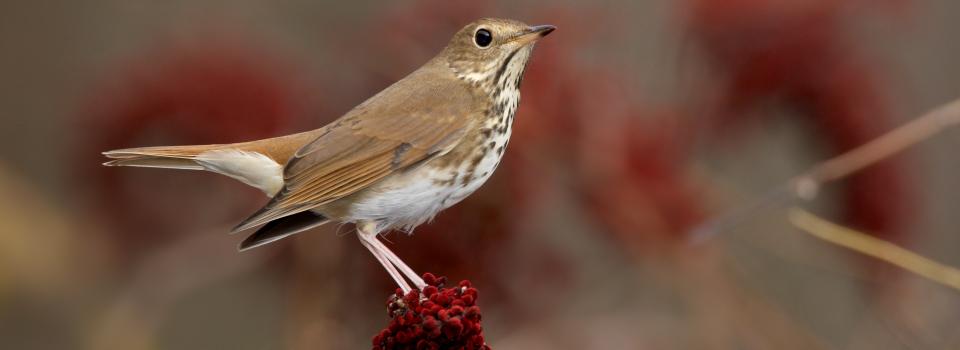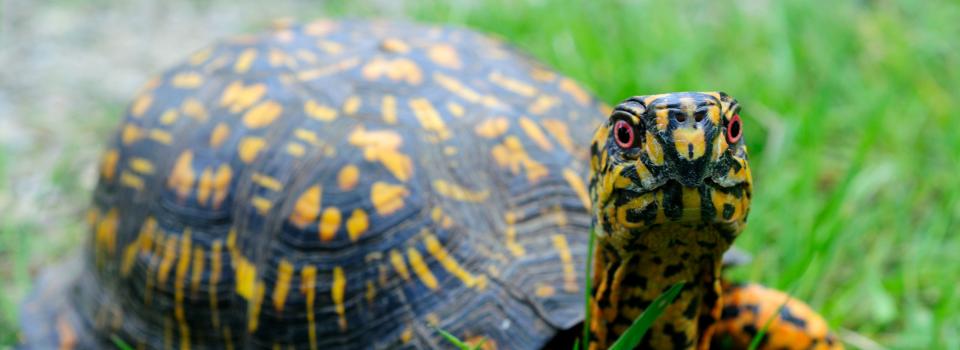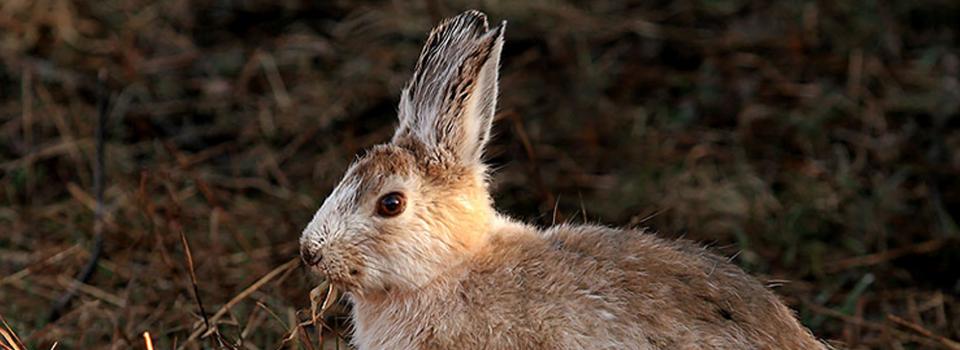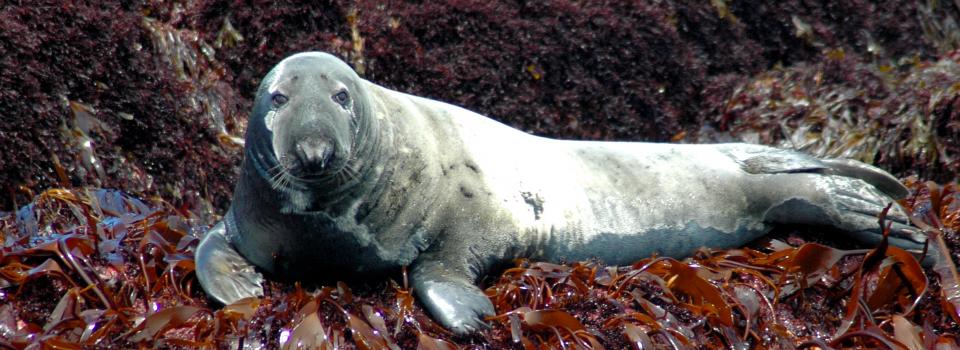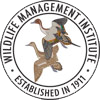This study uses genetic data to identify genetic diversity across the study area (Maine to Virginia), to identify the number of populations in the study area and determine the success of genetic assignment of individuals to sites of origin. Tissue samples were collected as blood, tail tips, toenails and shell shavings or scutes from 1,895 Wood Turtles. Tissue samples were genotyped at 16 microsatellite markers for 1,244 individuals. Genetic data were analyzed for genetic diversity, genetic clustering, full siblings, and genetic assignment.
